Do you have struggling readers in your classroom? That seems like a silly question. Of course you do. We as teachers can name off hand our students who are continuing to struggle in reading. It is obvious in all that they do. However the tougher question is figuring out why they are struggling.
As a first, second, and third year teacher, I knew my students who were struggling. I planned all my guided reading instruction around what I thought they needed. However, I was missing a solid understanding of the basic structure of the English language. And therefore missing a key component in helping my readers who struggled. This is where my understanding of phoneme grapheme mapping really began to take off, beyond just key words I memorized in a college. Unlocking this knowledge of how the brain develops the understanding of spoken and printed word then began to springboard my struggling readers towards those grade level standards with real trackable gains.
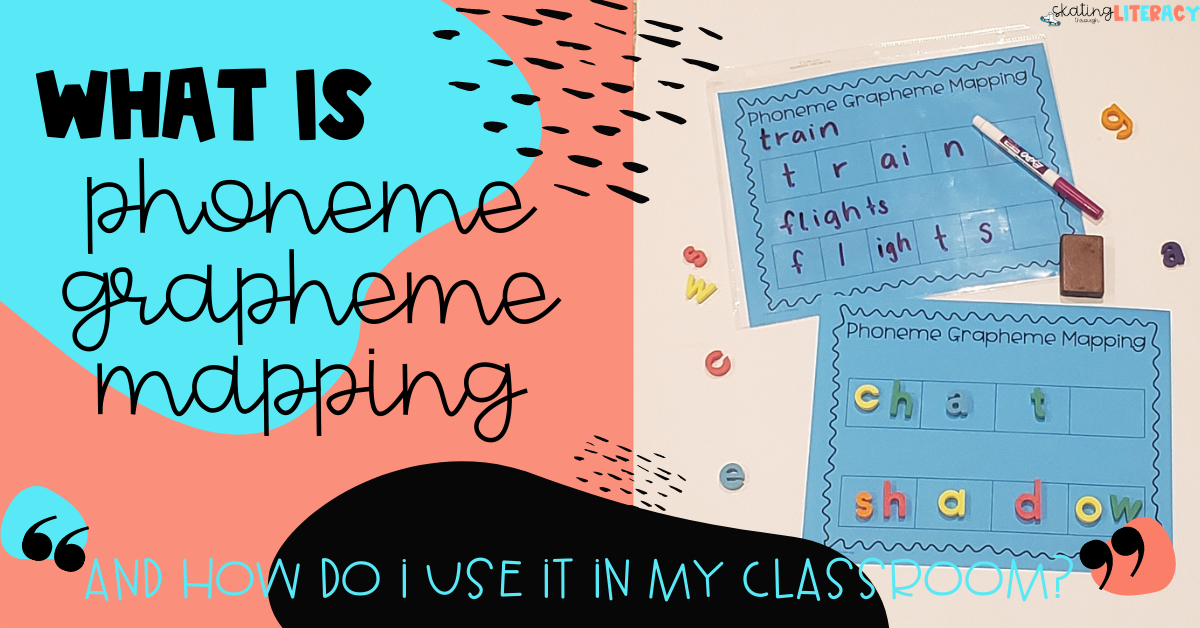
Phonemes
What is phonemes definition? And why is it helpful to my teaching?
Phonemes are the smallest segment of sounds that are put with other phonemes to make words. For example, in the word day there are 2 phonemes /d/ and /a/. There are 44 phonemes in the English language. Each phoneme has a special action of the lips, teeth, and tongue during articulation. Why are these text book definitions important you ask? If you’ve ever use one of these popular phrases in your teaching, you’ve already decided teaching phoneme awareness is important, perhaps without knowing it:
- Sound it out.
- Put down the sounds you hear.
- What sounds can this letter make?
- What sounds to you think might be in this word?
- Try a different sound.
All of these commonly used prompts used by teachers are actually questions around phoneme instruction and understanding. Before a student can write on paper, or decode off a printed page, they first must be able to distinguish certain phonemes by listening. Once the student can identify the sounds hear in a word, only then can they start determining which letters represent the sounds that they hear. This understanding around phonemes and phonemic awareness was a component of my own teaching I was missing for many years. It is why my struggling readers continued to struggle, and I couldn’t quite put my finger on why.
Graphemes
What is graphemes definition? And why is it helpful to my teaching?
A grapheme is the letter, or combination of letters, used to represent a phoneme. For example, the phoneme of /f/ could be represented by the graphemes f, ff, ph, or gh. Being able to decode words quickly and accurately, depends on the students knowledge of phoneme-grapheme correspondence. A good reader needs to automatically be able to recognize these meaningful to read the word accurately, and ultimately make sense of it.
Phoneme Grapheme Mapping
Phoneme-grapheme mapping is a physical way in which to represent the relationship between the phonemes and graphemes. The map allows the student to connect or match the graphemes, or letters, with the sounds they represent. I personally love how the mapping can provide both visual and kinesthetic practice at the same time. Phoneme grapheme mapping is a term I learned about through Kathryn E. Grace’s work Phonics and Spelling Through Phoneme Grapheme Mapping. This book, and the concept taught inside, has been a game changer for how I understand mapping words in addition to how I teach it in my classroom! Phoneme-Grapheme Mapping was created and copyrighted by Kathryn E.S. Grace in 1983, 1991, 2004, 2006, 2022 and can be found within her text, “Phonics and Spelling Through Phoneme-Grapheme Mapping” that is available through Really Great Reading Company at https://www.
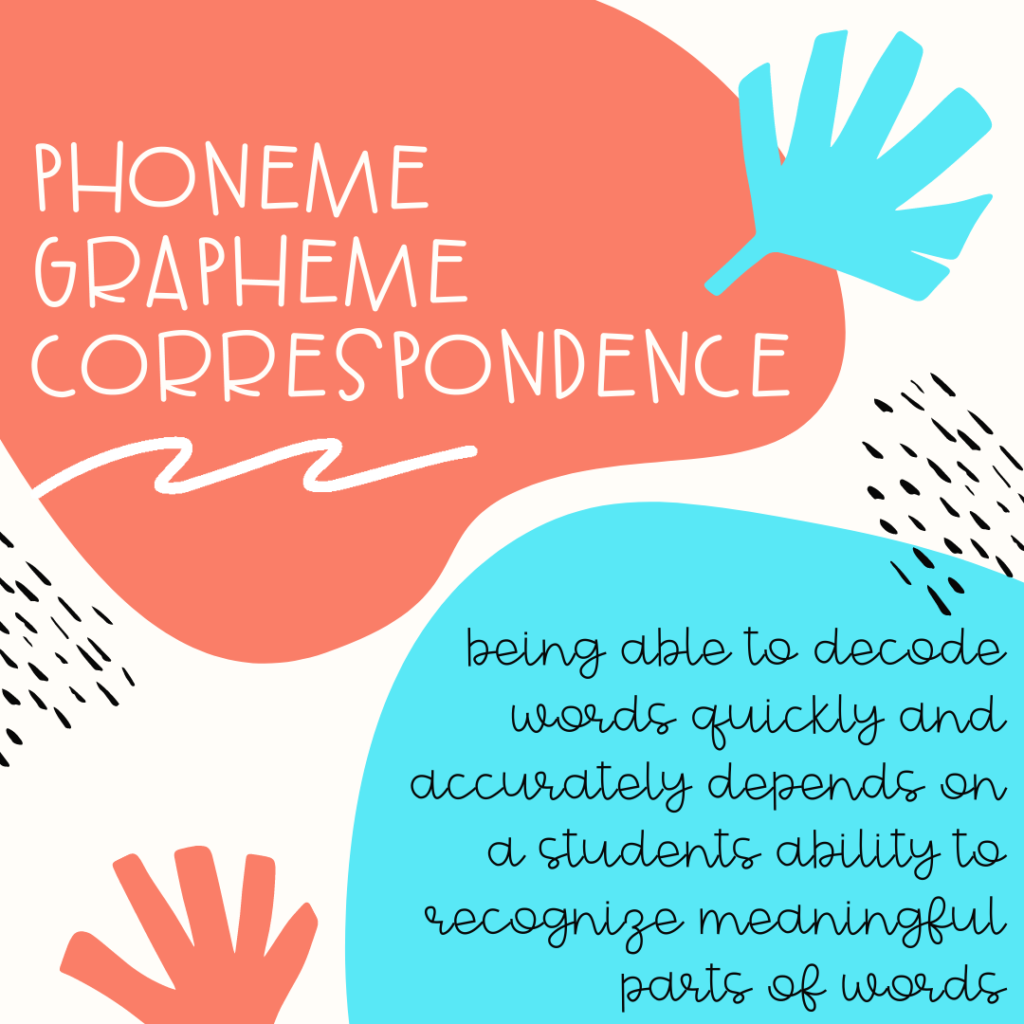
How do I use phoneme-grapheme mapping in my classroom?
Now that we understand the importance of using phoneme grapheme mapping, it’s time to think about how this can be used in the classroom. Below I will share with you some of my favorite activities for working on this important skill.
Phoneme-Grapheme Boards
Give every student their own phoneme grapheme board to keep in their reading box. These can be laminated or put inside sheet protectors for continued use. Having maps readily available for each child will increase the amount of time spent on instruction rather than handling materials.
Sound cubes
Physical sound cubes allow students to build out the given word into phonemes. Students can touch each cube to represent each sound.
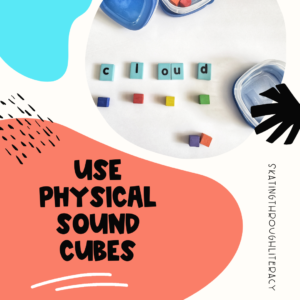
Monster taps
This oral routine allows students to focus on the phonemes before applying the graphemes. Students use their fingers to tap out each sound. (You can then add onto this routine by having them draw out a number of lines to represent each sound when they complete the taps)
Sheet Protectors with sound boxes
This allows you to quickly get each student a map in which to practice phoneme-grapheme mapping without using a lot of paper, time, or resources.
Digitally
There are many digital resources available that provide students with an interactive digital letter tile and map to represent the sounds in words.
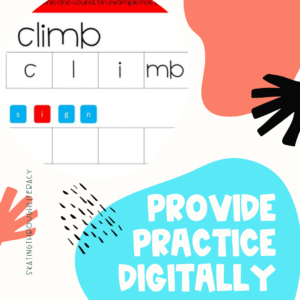
Inside all of my digital word work products there are sound symbol activities available. You can check out my store page for all the phonics patterns available.

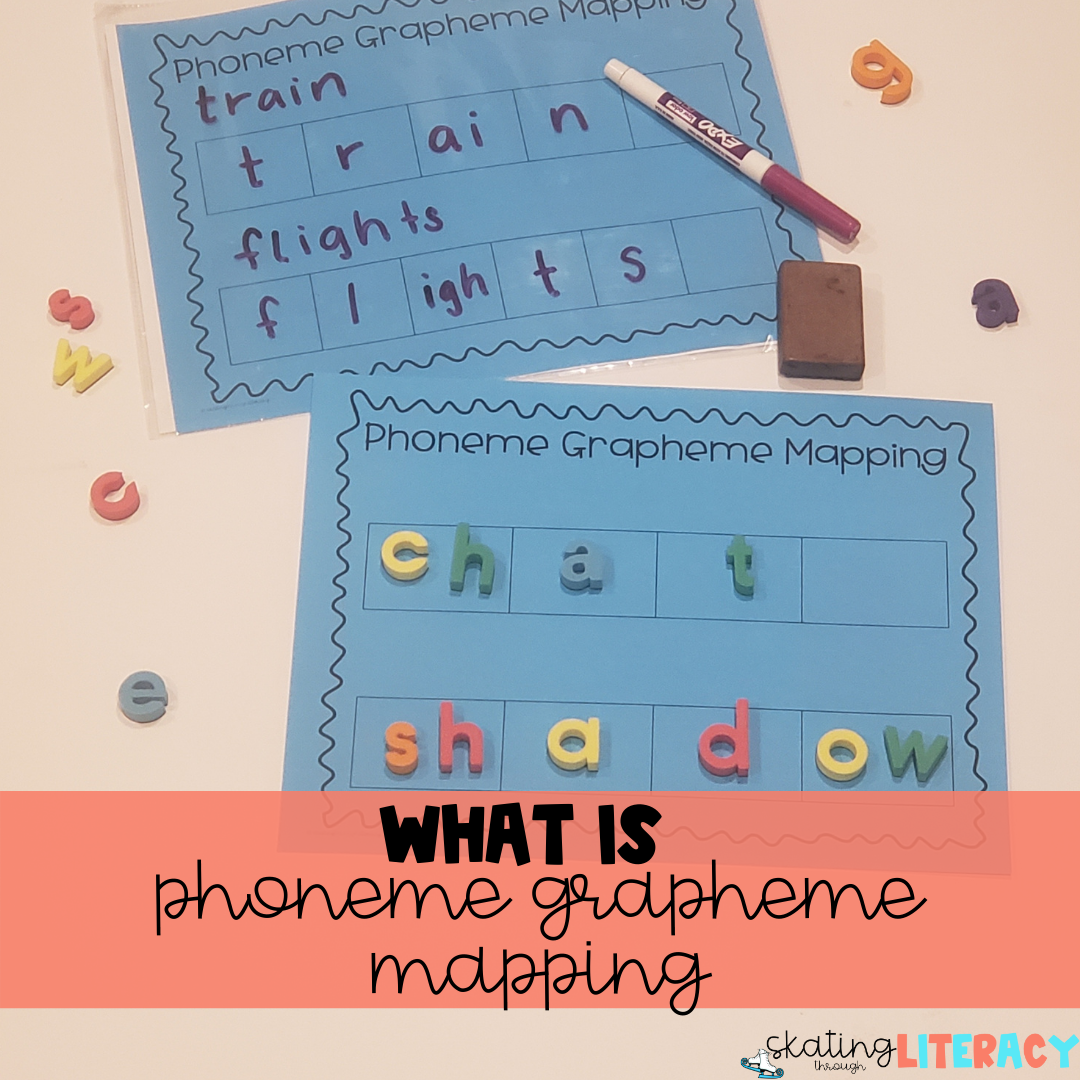
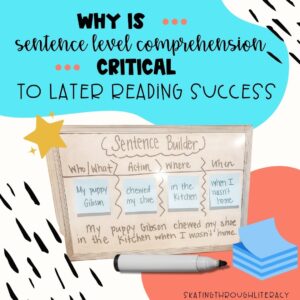
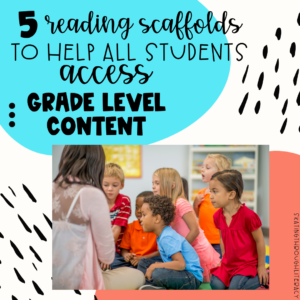
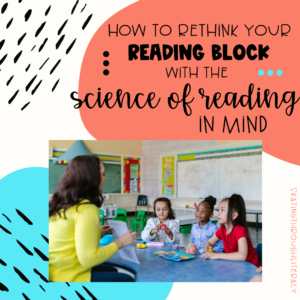

One Response
You have given me so much insight on how to help my young readers improve on their red words.